Religious Education School Trip To Rome
Visit Rome with your R.E students.This incredible city has been at the centre of Christianity for over 2000 years.
We understand the importance of fostering understanding and respect for faiths and we can help put together a religious education trip especially for that purpose.
Highlights
Renaissance at the Vatican, Centre of the Catholic Church
Early Christian underground burial chambers
The Colosseum, the world’s largest amphitheatre
Religious art treasures in Rome’s many churches
Archbishop Holgate's SchoolVery helpful Tour Co-ordinator. Nothing was too much trouble when organising the tour which was essential for me to get it off the ground.
Suggested itinerary
What's included*
*Please note, entrance fees where applicable are not included in typical price – contact us for more details
Recommended excursions
The centre of the Roman Catholic Church is home to the awe-inspiring Renaissance masterpiece Basilica di San Pietro and the Vatican Museums, with rich collections from classical sculpture to Egyptian pieces, Renaissance paintings and the legendary Sistine Chapel. Students learn how the Vatican gained its position and explore its contemporary meaning.
Michaelangelo’s 16th-century ceiling fresco here is considered his best work and perhaps the greatest artwork of the Renaissance. Student can inspect his masterpiece, The Last Judgement, and other frescoes in the chapel by Botticelli, Perugino, Pinturicchio and Ghirlandaio.
Originally the Abbey of St Genevieve, this was converted to a secular mausoleum during the Revolution. This tomb is dedicated to great figures of French history, from famous authors and politicians, to more obscure French rescuers of Jews from the Holocaust. Students can get a flavour of the people who have helped shape the nation’s history and identity.
Explore the underground burial chambers tucked beneath the Eternal City, on a guided tour of Rome’s Catacombs. An eerie experience for even the bravest of hearts, your students will gain a fascinating insight into the city’s history by exploring what lies beneath its streets. Photo © Dennis Jarvis.
Tip: The Christian catacombs house important examples of early Christian art, from before 400AD
The Colosseum is the most spectacular surviving edifice of ancient Rome and the largest amphitheater in the world. See the arena where senators, Vestal Virgins and the masses watched gory gladiatorial conquests, battle reenactments, executions and mythological dramas. A visit here helps students to understand the importance of the spectacle in Roman society.
Visit the centre of classical Rome with your students, and stand on the spot where the great orators made their names. Now a sprawling ruin of architectural fragments in the city centre, the Forum was the site of processions, elections, public speeches and criminal trials. Tip: A visit here is a good starting point for discussions on the life and times of Cicero.
The Church of St. John Lateran is the cathedral Basilica of the Bishop of Rome. The church was built by Constantine the Great in 4AD and is believed to be the first church built in Rome. The staircase, the ‘Scala Santa’ is believed to be the one Christ used in the palace of Pontius Pilate. Pilgrims climb the stairs on their knees to arrive at the Papal Chapel with its many relics.
This church dates back to the 5th century, with beautiful gilding and a bronze floor depicting scenes from the life of Mary. The 5th century mosaics are the most ancient Christian mosaics in Rome depicting scenes from the Old Testament. The church boasts the tallest bell tower in the city with the bell rung each night at 9pm calling Christians to prayer.
Built by Constantine in the 4th century this is one of Rome’s four major basilicas. The impressive church, built on the site of the tomb of St Paul, was rebuilt in the style of early Christian churches in the 19th century after having been destroyed by fire. Amongst this churches treasures are an 11th century bronze door from Constantinople and a 14th century wooden figure of Christ by Pietro Cavallini.
This church was built to house the sacred chains which bound St Peter in Rome and to Jerusalem. It is believed they were given to Pope Leo I who commissioned the church as a reliquary. There have been several renovations over the centuries by different Popes. St Peter in Chains is also the home of Michelangelo’s statue of Moses and prominent fresco by Giovanni Battista Parodi.
This is the mother church of the Jesuits in Rome built in 1568. It is lavishly decorated in Baroque style. The frescoes by Baciccia on the dome depict The Triumph of the Name of Jesus. A beautifully decorated chapel is the resting place of St Ignatius of Loyola.
Overlooking the Forum, this was once the smartest address in the Roman Empire. Students can investigate the remains of extravagant palaces built here for emperors including Tiberius and Domitian. The hill is said to be where Romulus killed Remus in 735BC, and in 2007, a sacred sanctuary dedicated to the brothers was unearthed here beneath the house of Augustus.
Students on their own ‘Grand Tour’ can join the likes of writers Byron and Honoré de Balzac in being inspired by the view from the longest and widest staircase in Europe. The hillside was transformed in 1723 – 1725 in honour of a diplomatic visit by the king of Spain, with the staircase linking the Piazza di Spagna to the Trinita dei Monti church.
This fountain at the junction of three roads – tre vie – marks the end point of one of the aqueducts that supplied water to ancient Rome. Completed in 1762, it’s a baroque extravaganza of carved seashells, sea beasts and mermaids incorporated in a stately triumphal arch. It famously featured in the films Three Coins in the Fountain and La Dolce Vita.
Originally built as a stadium in the first century for athletic contests and chariot races, Piazza Navona was laid out in its ruins in the 15th century, and is now a lively place where locals and tourists hang out. Students can watch the street performers, enjoy an ice cream and admire the baroque palaces that line the square.
Tip: A good place to spend time in the evening
This sporty workshop lets students walk in the shoes of gladiators. Instructors teach them ancient combat techniques and explain the gladiators’ life and times. Students wear a traditional tunic, Roman sandals, belt and protective gloves, and use a wooden training sword. On completion they receive a medal declaring them a ‘Tiro’, or first level gladiator.



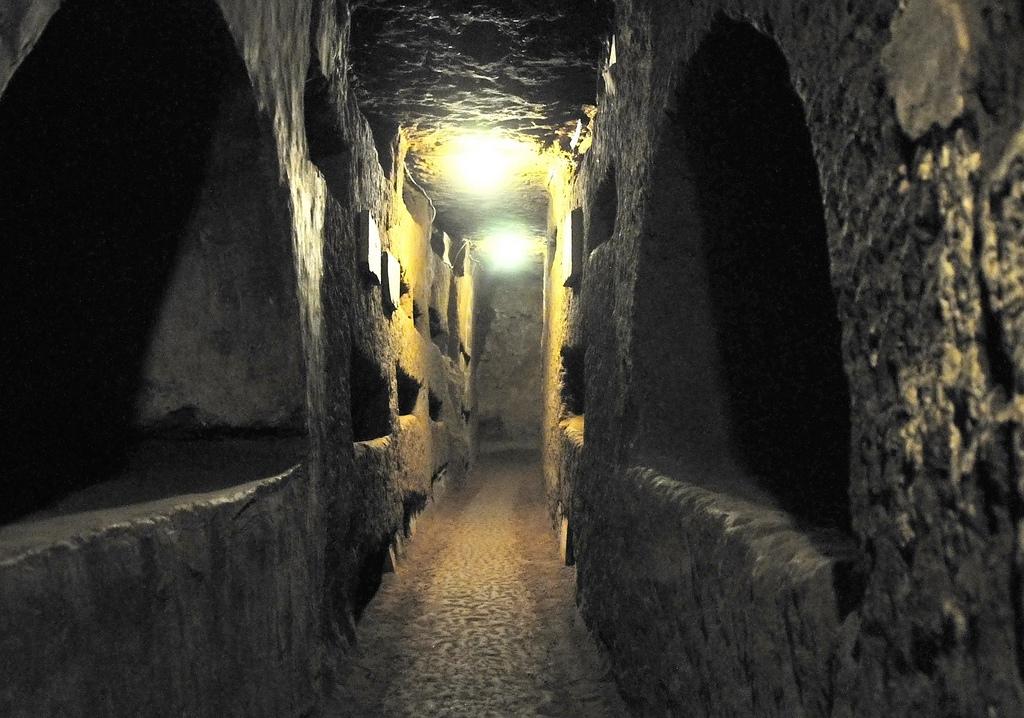
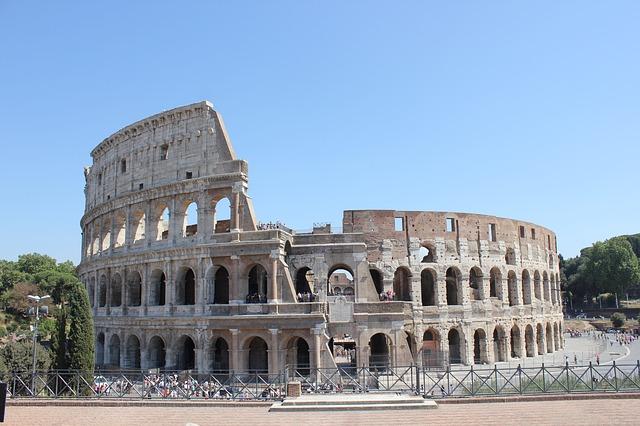
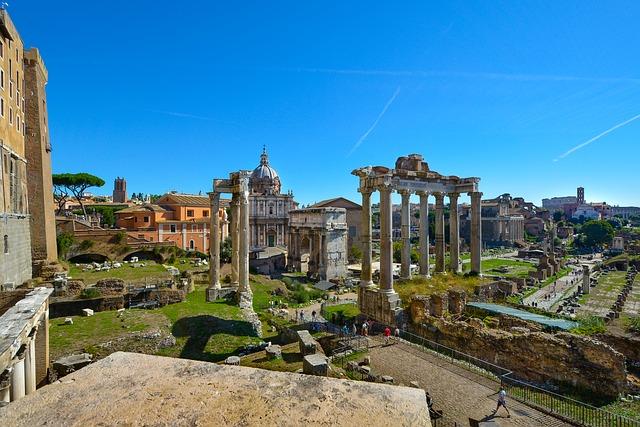



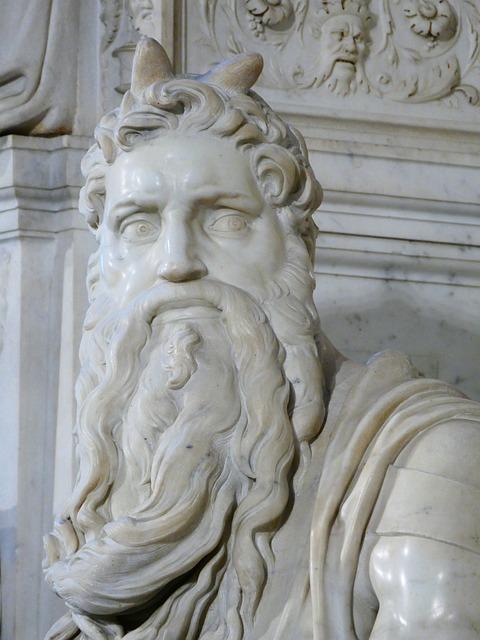
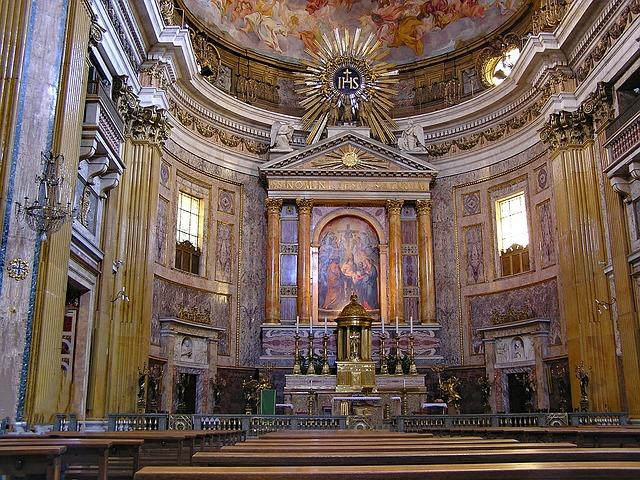


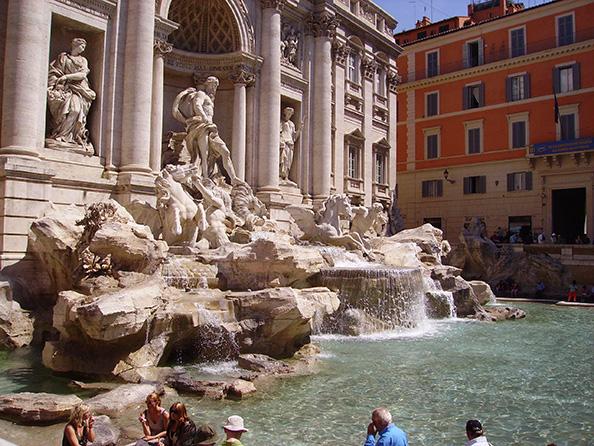
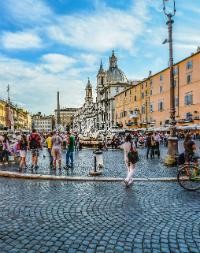
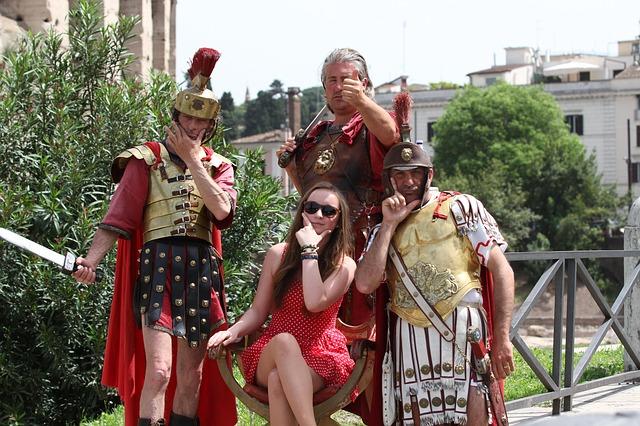
Typical accommodation
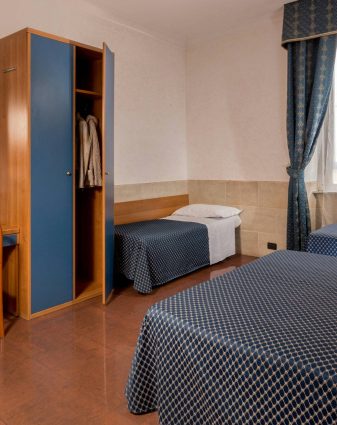
Why groups like it:
Facilities:
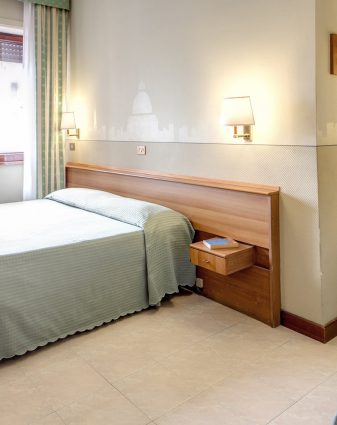
Why groups like it:
Facilities:
R.E learning outcomes
Subject focus
Students can:
- Develop a deeper understanding of the origins and history of Christianity
- Gain an understanding of the power and influence of religion
- Consider the different religious beliefs that existed in Roman times
- Explore the theme of persecution of people due to their religious beliefs
- See an abundance of religious art and architecture
Student outcomes
Students will have had an opportunity to:
- Identify Rome’s place at the centre of the Catholic Church
- Gain knowledge and understanding of the history of Christianity
- Understand faith and persecution for one’s religious beliefs
- Explore the concept of religious belief and pilgrimage
- Compare different religious beliefs
- Understand the influence of religion in people’s daily lives



